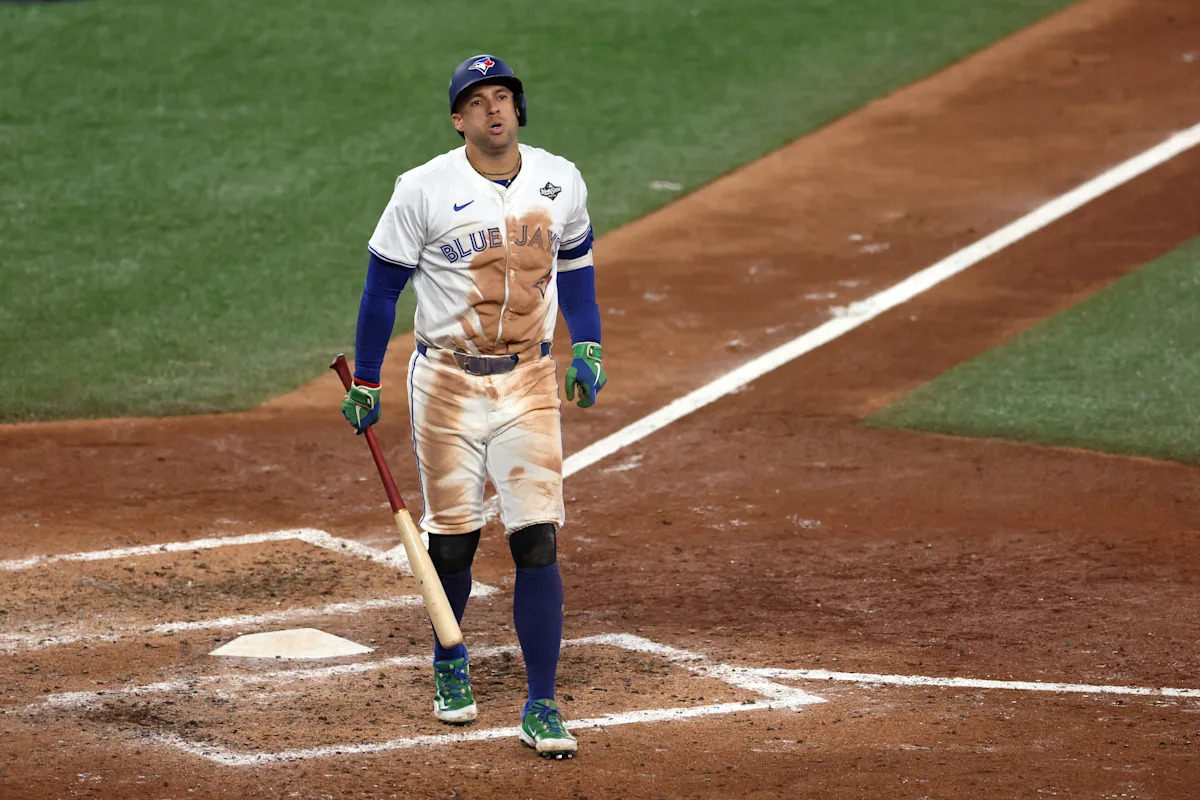The Toronto Blue Jays, renowned for their powerful postseason offense, encountered an unexpected challenge in Game 2 of the 2025 World Series. Against the Los Angeles Dodgers and their exceptional pitcher, Yoshinobu Yamamoto, the Blue Jays’ bats fell uncharacteristically silent. This article delves into the details of that game, analyzing Yamamoto’s dominance and exploring the reasons for optimism as the series progresses. We’ll examine the key moments, individual performances, and strategic adjustments that could influence upcoming MLB games. Understanding these factors is crucial for fans following MLB games today and anticipating the Blue Jays’ potential comeback.
Yamamoto’s Dominant Performance
Yoshinobu Yamamoto delivered a masterful performance in Game 2, pitching a complete game and stifling the Blue Jays’ offense. The Dodgers’ right-hander showcased his impressive arsenal, keeping Toronto’s hitters off balance throughout the night. Despite a few early opportunities, the Blue Jays struggled to convert runners into runs, ultimately falling to a 5-1 defeat. This marks Yamamoto’s second consecutive complete game in the postseason, a feat last achieved by Curt Schilling in 2001, underscoring his exceptional talent and composure under pressure.
Blue Jays’ Offensive Struggles
Entering Game 2, the Blue Jays boasted a historically productive October at the plate, averaging 6.8 runs per game with a .900 OPS. However, Yamamoto presented a unique challenge, as most of Toronto’s hitters had never faced him before. His funky delivery and diverse pitch selection proved difficult to decipher, leading to numerous strikeouts and weak contact. The Blue Jays managed just one run, a sacrifice fly from Alejandro Kirk, and struggled to string together any sustained offensive pressure. This unexpected silence from their bats raised questions about their ability to adjust and bounce back in subsequent MLB games.
Manager’s Perspective
Blue Jays manager John Schneider acknowledged Yamamoto’s exceptional performance, noting the difficulty his hitters had in picking up the pitcher’s deception. Despite the loss, Schneider expressed confidence in his team’s ability to make adjustments and rebound in Game 3. He emphasized the importance of focusing on the next game and preparing for Dodgers’ pitcher Tyler Glasnow, whom the Blue Jays have faced previously. Schneider’s measured response and focus on future MLB games reflect a belief in his team’s resilience and ability to overcome adversity.
Reasons for Optimism
Despite the Game 2 setback, there are several reasons to believe the Blue Jays can bounce back. The series now shifts to Los Angeles, where the warmer climate and hitter-friendly Dodger Stadium could favor Toronto’s offense. Additionally, the Blue Jays have a track record of responding well to adversity, as evidenced by their comeback in the ALCS. They will also benefit from having previously faced Glasnow. Furthermore, the Blue Jays are scheduled to unleash veteran Max Scherzer in game 3 to regain momentum. Scherzer’s postseason experience and competitive fire could provide a spark for the team, setting the stage for a potential turnaround in the series and improved performance in upcoming MLB games.
Yamamoto’s Impact and Future MLB Games
Yamamoto’s dominant performance served as a reminder of his immense talent and the impact he can have on MLB games. His ability to shut down a potent offense like the Blue Jays’ highlights his potential to be a dominant force in the league for years to come. As the series progresses, it will be interesting to see if the Blue Jays can make the necessary adjustments to counter Yamamoto’s strengths, or if he will continue to be a major obstacle in their pursuit of a championship. His presence undoubtedly adds intrigue to future MLB games involving the Dodgers.
Clement’s Insight on Facing Yamamoto
Ernie Clement shared his experience of facing Yamamoto, noting the unusual aspect of following the pitcher’s eyes during the at-bat. This unique challenge disrupted Clement’s ability to pick up the release point of the ball, highlighting the deceptive nature of Yamamoto’s delivery. Clement’s insight provides valuable context for understanding the difficulties the Blue Jays’ hitters faced and underscores the need for adjustments in their approach for subsequent MLB games. It illustrates how even seasoned hitters can be thrown off by unfamiliar and unconventional pitching styles.
Scherzer’s Postseason Experience
Max Scherzer’s upcoming start in Game 3 brings a wealth of postseason experience to the Blue Jays’ pitching staff. Despite an injury-marred regular season, Scherzer has demonstrated his ability to rise to the occasion in critical moments. His stellar outing in ALCS Game 4 showcased his competitive fire and unwavering determination. Scherzer’s presence on the mound provides a sense of confidence and stability for the Blue Jays, potentially influencing the outcome of Game 3 and future MLB games. His leadership and experience could be crucial factors in the Blue Jays’ quest for a World Series title.
Conclusion: Looking Ahead to Future MLB Games
The Blue Jays’ Game 2 loss to the Dodgers served as a humbling reminder of the challenges inherent in postseason baseball. Yoshinobu Yamamoto’s dominant performance exposed vulnerabilities in Toronto’s offense, but also provided valuable insights for future adjustments. As the series shifts to Los Angeles, the Blue Jays have reasons to be optimistic, including a hitter-friendly environment, a track record of resilience, and the veteran presence of Max Scherzer on the mound. Fans following MLB games today should anticipate a competitive and closely contested series, with the Blue Jays poised to make a strong comeback. The ability to adapt, learn from past mistakes, and capitalize on opportunities will ultimately determine their success in the remaining MLB games.

Leave a Reply